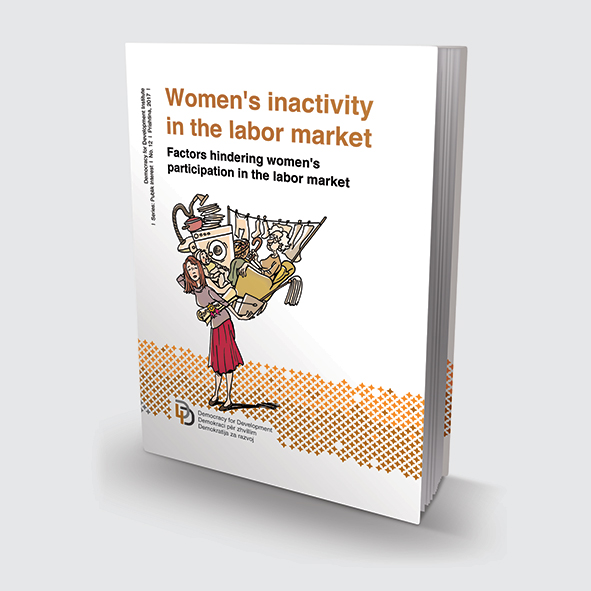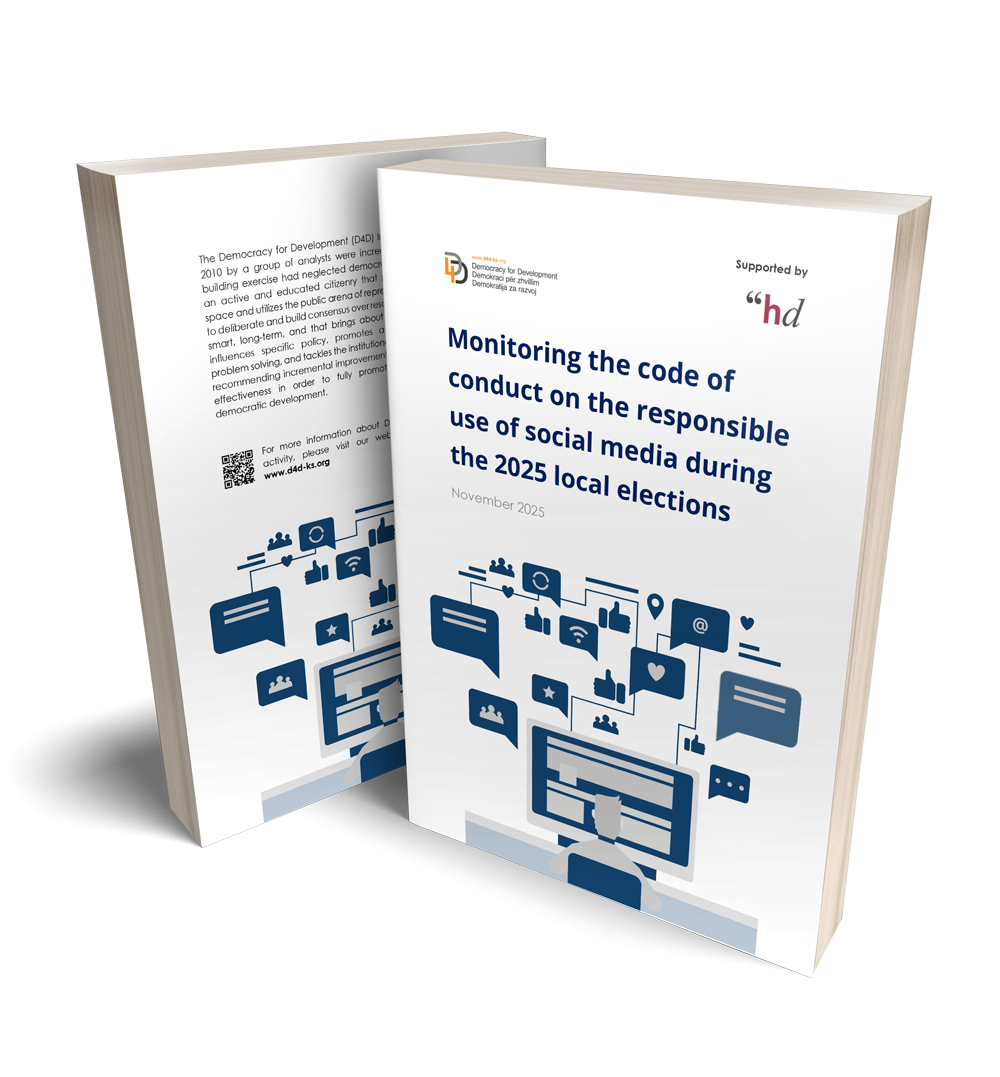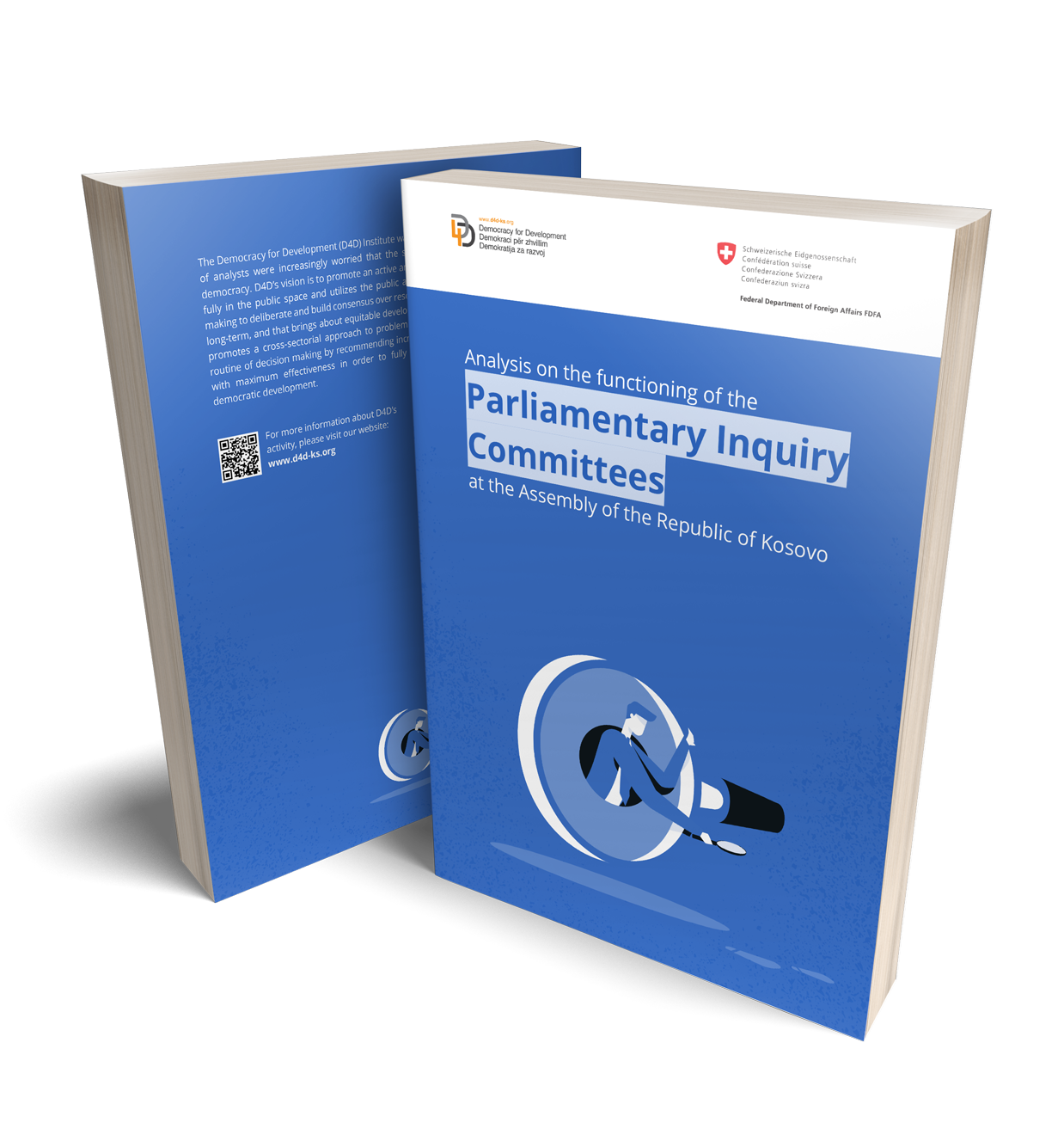
This paper aims to identify the reasons why a significant percentage of working age women are inactive in Kosovo’s labor market, and offer remedies. Using first-hand research through surveys, and discussions with key stakeholders, the paper has shed light on the social and cultural factors that hinder women’s engagement in the labor market.
Only one in eight women in Kosovo are either looking for a job or employed[i], and this ranks Kosovo as one of the countries with the lowest women participation rate in Europe[ii]. Exclusion of women from the workforce is one of the key bottlenecks to the overall development in Kosovo. [iii]
The survey, whose details are explained in the methodology, has shown that care responsibilities for children and elderly, and overall lack of employment opportunities are the main issues that hinder women’s inclusion in the labor market. Most of the respondents agree that women are discriminated in the labor market, and more importantly they attribute the socio and cultural factors such as the patriarchal mindset, and provisions of maternity leave, as main variables that contribute to discrimination.
The report serves as a roadmap for policymakers at large as it offers concrete steps that once undertaken unlock the potential, and catalyze the process of development. The policy recommendations that this paper purports based on the findings are improving elderly facilities, providing better and more affordable childcare, tailored made job-training based on needs assessment, incentivizing women owned businesses. Given a political will to work upon these recommendations, concrete results would be shown in our road towards fostering the countries overall development through inclusion of women in the labor market.
The main findings from the survey are as:
- More 53.2% of the respondents claim that the main reason for women’s exclusion of the labor market is that they have care responsibilities for the children and elderly in the family, whilst 30% list lack of employment opportunities as the reason for women exclusion.
- More than half of the respondents (60%) agree that women face discrimination in the process of employment and list patriarchal society (43%) and maternity leave (26%) as the main reasons for the discrimination
- In terms of incentivizing women to become active in the labor market, around 33% of the respondents think that equal treatment between men and women is the solution, followed by 25% that list equal pay for equal responsibilities as a solution.
When asked whose responsibility should it be when it comes to child care, 44% believe that it should be equally divided between the parents. However, 29% answered that the mother should be solely responsible, and only 3% believe that the father should be responsible solely.




